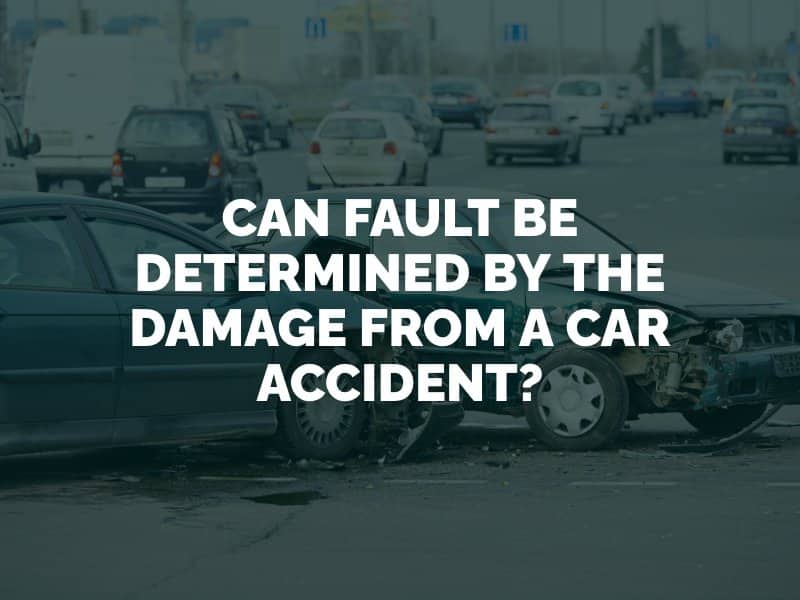In the majority of states, including Colorado, it is necessary to determine fault before you can file an insurance claim for your car accident. This is because the fault-based insurance law holds the driver at fault for a crash responsible. Determining fault can be difficult in many car accident cases. A professional analysis of the damage inflicted upon each vehicle can play a crucial role in establishing fault. Damage analysis, combined with an inspection of the scene of the crash, can reconstruct how a car accident happened and determine who is to blame.

The most common type of vehicle damage after a car wreck is front-end damage. Front-end damage can be severe in a high-speed collision or major impact. The entire front of a vehicle may be crushed, for example, in a head-on collision. Damage to the front of a motor vehicle shows that the front-end collided with something, such as another motor vehicle or a fixed object.
Front-end damage could place the blame for the collision with the driver of the vehicle with front-end damage, such as in a rear-end collision, or a T-bone accident where the front of one car collides with the side of another. However, it could also demonstrate that the driver crashed into someone who pulled out in front of them unexpectedly, or crashed into a wall or barrier due to brake failure.
Damage to the rear-end of a motor vehicle generally shows that the car was either struck from behind by another driver, such as in a rear-end collision, or backed into something. If the other car has damage to its front bumper, this could be proof of a rear-end collision, in which the rear driver is most likely (but not always) responsible. If the damage is to another part of the other vehicle, this could be evidence that the driver backed into something or someone.
Damage to other parts of a vehicle, such as the sides of a car, the side mirrors, windshield, the tires or the roof in a rollover accident, can also help determine fault for a motor vehicle collision. An inspection of the damage can determine how the crash took place or why, such as a tire blowout caused by a pothole in the road.
The location of the damage is one of the most important factors for crash investigators. An impact on the passenger side of one vehicle, for example, shows that it must have been hit by another vehicle. An inspection of the damage is also necessary to determine the value of the driver’s property damage claim. In general, the more severe the damage, the more the car accident claim will be worth.
Analyzing the damage from a car accident to both vehicles is just one part of determining fault and liability for a motor vehicle accident. An analysis of the damage alone will not be sufficient to prove blame. It can demonstrate how two vehicles collided, for example, but it cannot prove what led one driver to crash into another. Combined with other types of evidence, however, such as an inspection of the crash scene and eyewitness statements, vehicle damage can help establish how and why the crash occurred, as well as who is responsible.
A Denver car accident lawyer can help you prove fault after a collision through methods such as vehicle damage analysis and crash reconstruction. A law firm will have connections to car accident experts who can revisit the scene of the crash, analyze the damage to a vehicle in person and reconstruct the crash to help prove liability. For assistance determining fault after a car accident in Colorado, contact a lawyer at Fang Accident Lawyers.